Home>Garden Essentials>How To Plant Heirloom Seeds
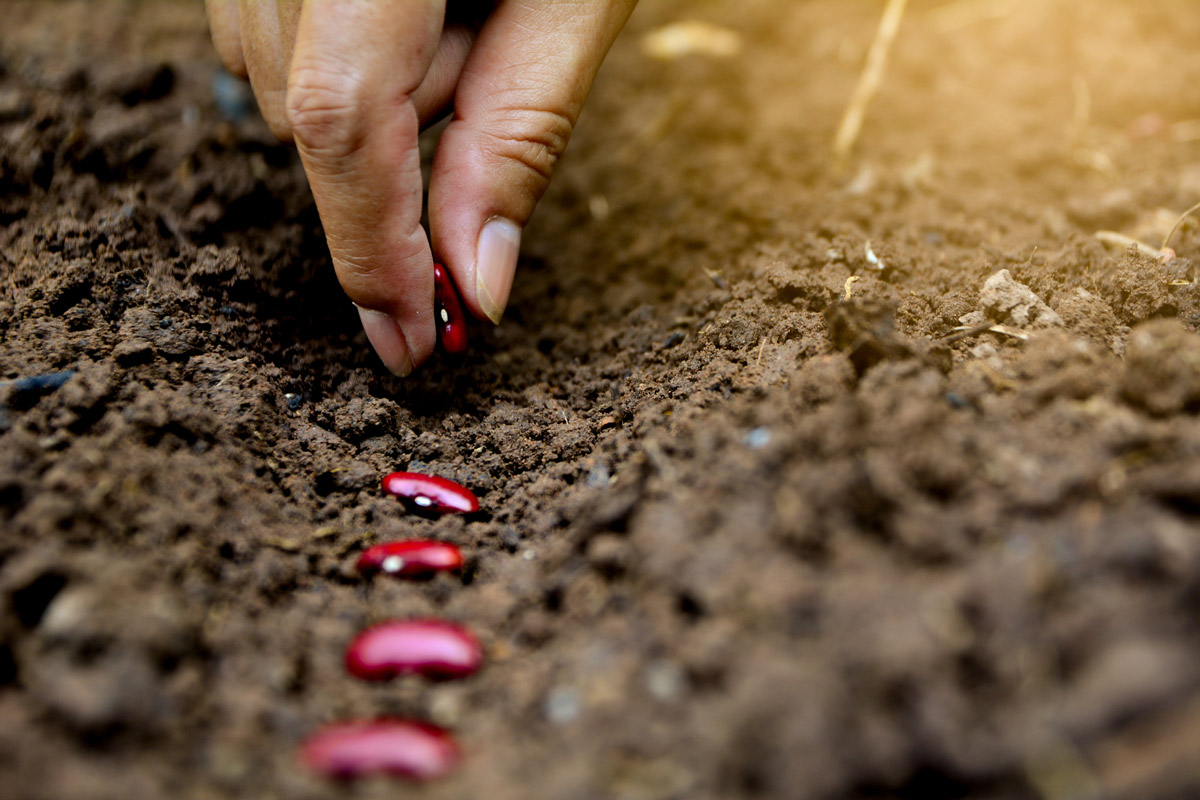

Garden Essentials
How To Plant Heirloom Seeds
Modified: August 23, 2024
Learn how to plant heirloom seeds in your garden and enjoy a bountiful harvest of unique and flavorful fruits and vegetables.
(Many of the links in this article redirect to a specific reviewed product. Your purchase of these products through affiliate links helps to generate commission for Storables.com, at no extra cost. Learn more)
Introduction
Welcome to the fascinating world of heirloom seeds! If you’re passionate about gardening and want to grow a variety of unique and flavorful vegetables, heirloom seeds are the way to go. These seeds have been passed down through generations, preserving their special characteristics and historical significance. By planting heirloom seeds, you contribute to the preservation of biodiversity and ensure the continuation of these treasured plants.
In this article, we will guide you through the process of planting heirloom seeds, from selecting the right seeds to harvesting your own produce. We will also provide useful tips and techniques to help you achieve a successful and bountiful garden.
So, let’s get started on this gardening journey and discover the joys of growing and enjoying heirloom vegetables!
Key Takeaways:
- Embrace the world of heirloom seeds to grow unique, flavorful vegetables and preserve biodiversity. Select seeds carefully, prepare the soil, and enjoy the bountiful harvest of these treasured plants.
- Dive into the joys of heirloom gardening by choosing the right seeds, tending to the soil, and nurturing your plants. Harvest and save seeds to continue the cycle of life and flavor in your garden.
Read more: What Are Heirloom Seeds
Choosing Heirloom Seeds
When it comes to choosing heirloom seeds, you have a wide variety of options to explore. Heirloom seeds are known for their diverse colors, flavors, and growth characteristics. Here are some factors to consider when selecting the right heirloom seeds for your garden:
- Plant Preferences: Take into account your climate, soil type, and available growing space. Some heirloom plants prefer specific growing conditions, so it’s important to choose seeds that are suitable for your environment.
- Taste and Flavor: One of the greatest joys of growing heirloom vegetables is experiencing the incredible flavors they offer. Consider the taste profiles that appeal to you and choose seeds for vegetables known for their exceptional flavor.
- Heritage and History: Each heirloom seed has a story to tell. Research the history and origin of different varieties to connect with the rich cultural heritage associated with heirloom plants.
- Disease Resistance: While heirloom plants may not have the same level of disease resistance as hybrid varieties, some heirlooms exhibit natural resistance to specific pests or diseases. Look for seeds labeled as disease-resistant if you have particular concerns.
- Seed Source: It’s essential to obtain your heirloom seeds from trusted sources to ensure their authenticity and quality. Look for reputable seed companies or consider joining local seed swaps and exchanges to connect with fellow gardeners and access a diverse range of seeds.
Remember, experimentation is key in discovering your favorite heirloom varieties. Don’t be afraid to try new and rare seeds to expand your gardening horizons. With a little research and careful selection, you can create a garden filled with unique and delicious heirloom vegetables.
Selecting the Planting Site
Choosing the right planting site is crucial for the success of your heirloom seeds. Here are some important factors to consider when selecting the perfect location for your garden:
- Sunlight: Most vegetables thrive in full sun, which means they need at least six to eight hours of direct sunlight each day. Look for an area in your yard that receives ample sunlight and has minimal shade from trees or buildings.
- Soil Quality: Heirloom plants perform best in well-draining soil rich in organic matter. Conduct a soil test to evaluate the pH level and nutrient content of the soil. Amend the soil with compost or other organic matter to create a fertile growing environment.
- Accessibility: Consider the convenience of accessing your garden for watering, harvesting, and maintenance. Ensure that the site is easily reachable and convenient to work in.
- Proximity to Water Source: It’s important to have a water source nearby to facilitate regular irrigation. Consider the distance to the nearest water supply when selecting your planting site.
- Protection from Wind: Excessive winds can damage plants and hinder their growth. Choose a site that offers some protection from strong winds, such as a fence or natural windbreaks.
- Space Availability: Evaluate the available space in your selected area to ensure there is enough room for your desired heirloom plants to grow. Consider their height, spread, and recommended spacing to avoid overcrowding.
By considering these factors, you can select a suitable planting site that provides the optimal conditions for your heirloom seeds to thrive. Remember, proper planning and preparation are key to a successful garden!
Preparing the Soil
Preparing the soil is an essential step in creating a healthy and nutrient-rich environment for your heirloom seeds. Here are some steps to follow when preparing the soil:
- Clear the Area: Start by removing any debris, weeds, or grass from the planting site. Clearing the area will provide a clean slate for your heirloom seeds to establish their roots.
- Loosen the Soil: Use a garden fork or a tiller to loosen the soil to a depth of 8-12 inches. This process helps break up compacted soil, improves drainage, and allows roots to penetrate the soil more easily.
- Remove Rocks and Debris: Remove any rocks, large stones, or roots that may obstruct the growth of your plants. Clearing the area of debris will provide a smooth and even surface for planting.
- Add Organic Matter: Incorporate organic matter such as compost, well-rotted manure, or leaf mold into the soil. Organic matter improves soil structure, adds essential nutrients, and enhances moisture retention. Aim to add a 2-3 inch layer of organic matter and mix it thoroughly with the soil.
- Test Soil pH: Conduct a soil test to determine the pH level of your soil. Most vegetables prefer a slightly acidic to neutral pH range of 6.0-7.0. Adjust the pH as necessary by adding lime to raise pH or sulfur to lower pH.
- Level and Smooth the Soil: After incorporating organic matter and adjusting the pH, rake the soil to level and smooth the surface. This will facilitate even seed sowing and optimal plant growth.
Remember, preparing the soil sets the foundation for healthy plant growth and bountiful harvests. Taking the time to properly prepare your soil will result in stronger and more resilient heirloom plants.
Planting Heirloom Seeds
Now that you have prepared the soil, it’s time to sow your precious heirloom seeds. Follow these guidelines to ensure successful seed planting:
- Read the Seed Packets: Carefully read the instructions on the seed packets for specific planting guidelines. Different heirloom plants may have different requirements for planting depth, spacing, and timing.
- Sowing Depth: As a general rule, sow seeds at a depth that is two to three times their diameter. Smaller seeds require a shallower planting depth, while larger seeds can be planted deeper.
- Planting Spacing: Follow the recommended spacing provided on the seed packet. Proper spacing allows plants to grow and develop without competing for resources.
- Planting Techniques: There are various methods for planting seeds, such as direct seeding or starting seeds indoors. Follow the recommended technique for each type of heirloom seed you are planting.
- Watering: After planting the seeds, gently water the soil with a fine spray to ensure adequate moisture. Avoid excess watering, as it can lead to rotting and poor germination.
- Labeling: It’s important to label your planted rows or individual pots to keep track of the different heirloom varieties. This will help you identify and care for each plant accurately.
Pay attention to the specific needs of each heirloom variety and provide the ideal growing conditions for them. Remember to water regularly and keep the soil consistently moist until the seeds germinate and seedlings emerge.
As your heirloom seeds begin to sprout and grow, provide proper care by watering, fertilizing, and protecting them from pests. Soon enough, you’ll witness the beauty and abundance of your heirloom vegetable garden.
When planting heirloom seeds, make sure to follow the specific planting instructions for each type of seed. This may include the depth to plant the seed, spacing between plants, and the best time of year to plant.
Read more: Why Use Heirloom Seeds
Watering and Fertilizing
Proper watering and fertilizing are essential for the healthy growth and development of your heirloom plants. Here are some tips to keep in mind:
- Watering: Water your plants deeply and regularly to ensure they receive a sufficient amount of moisture. The frequency of watering depends on factors such as weather, soil type, and plant needs. Avoid overwatering, as it can lead to root rot and other diseases. It’s best to water in the early morning or late afternoon to minimize evaporation.
- Soil Moisture: Check the moisture level of the soil regularly. Stick your finger into the soil to a depth of an inch or two. If it feels dry, it’s time to water. If it feels moist, you can hold off on watering for a little while longer.
- Fertilizing: Heirloom plants benefit from regular feeding to provide the necessary nutrients for healthy growth. Use organic fertilizers or compost to replenish nutrients in the soil. Prioritize slow-release fertilizers that gradually release nutrients over time. Follow the instructions on the fertilizer package for application rates specific to your plants.
- Compost: Incorporating compost into the soil during planting and as a top dressing throughout the growing season provides a natural source of nutrients. Compost also improves soil structure and acts as a moisture retainer.
- Foliar Feeding: As your plants grow, you can offer additional nutrients by foliar feeding. This involves spraying a diluted organic liquid fertilizer directly onto the leaves. Be sure to follow the instructions and avoid spraying during hot, sunny periods to prevent leaf burn.
- Monitor Plant Health: Regularly check your plants for signs of nutrient deficiencies or excesses. Yellowing leaves, stunted growth, or wilting can indicate problems that may require adjustments in watering or fertilization.
Remember, providing the right balance of water and nutrients is crucial for the overall health and productivity of your heirloom plants. Observation and regular care will help you maintain thriving and beautiful plants throughout the growing season.
Managing Weeds and Pests
Keeping weeds and pests at bay is essential for maintaining the health and productivity of your heirloom garden. Here are some strategies to effectively manage weeds and pests:
- Mulching: Apply a layer of organic mulch around your plants to suppress weed growth. Mulch also helps conserve soil moisture and regulate soil temperature. Use materials such as straw, wood chips, or shredded leaves. Avoid piling the mulch directly against the plant stems to prevent moisture-related issues.
- Hand Weeding: Regularly inspect your garden for weeds and remove them by hand. Be sure to pull the entire weed, including the roots, to prevent regrowth. Weed when the soil is moist, as it will be easier to pull the weeds out.
- Companion Planting: Utilize companion planting techniques to deter pests and promote beneficial insect activity. Interplanting certain flowers, herbs, or vegetables can help repel pests or attract predatory insects that feed on pests.
- Organic Pest Control: If pests become a problem, opt for organic pest control methods instead of harmful chemicals. Use insecticidal soaps, neem oil, or homemade sprays using ingredients like garlic or chili peppers to deter pests. Introduce beneficial insects, such as ladybugs or lacewings, that feed on pests.
- Row Covers: Use row covers to physically protect your plants from pests like aphids, caterpillars, or flea beetles. These coverings allow sunlight and water to reach the plants while creating a barrier against pests.
- Crop Rotation: Rotate your crops each year to help break the lifecycle of pests and reduce disease incidence. Avoid planting the same family of plants in the same location year after year.
Vigilance is key when it comes to managing weeds and pests in your heirloom garden. Regularly monitor your plants for any signs of damage or infestation, and take action promptly to prevent further issues. By employing these natural and sustainable techniques, you can maintain a healthy and thriving garden without compromising the integrity of your heirloom plants.
Harvesting Heirloom Vegetables
The moment you’ve been patiently waiting for has arrived—it’s time to harvest your heirloom vegetables! Here are some tips to ensure you harvest your produce at the right time:
- Refer to Seed Packets: Consult the seed packets or reference guides to determine the estimated maturity time for each crop. This will give you a general idea of when to expect your vegetables to be ready for harvest.
- Observe Visual Cues: Pay attention to visual cues that indicate the readiness of the vegetables. These cues can include changes in color, texture, or size. For example, tomatoes that turn from green to red and have a firm yet slightly yielding texture are likely ready to be harvested.
- Harvest in the Morning: Harvesting in the morning, when temperatures are cooler, helps preserve the flavor, texture, and nutritional quality of the vegetables.
- Use the Proper Technique: Use pruners, garden shears, or a sharp knife to carefully cut or snap off vegetables from the plant. Be gentle to avoid damaging the plants or neighboring fruits and vegetables.
- Handle with Care: Handle the harvested vegetables with care to prevent bruising or damage. Place them gently into baskets, containers, or harvesting trays to maintain their quality and appearance.
It’s important to note that different heirloom vegetables have different harvesting techniques and timelines. Some vegetables, like salad greens or herbs, can be harvested continuously by removing outer leaves or snipping sprigs as needed. Others, such as root vegetables, may need to be gently pulled from the ground.
Remember, the flavor and quality of heirloom vegetables are often at their peak when they are harvested at the right time. Harvesting too early or too late can affect taste, texture, and overall satisfaction. Enjoy the fruits of your labor and savor the unique flavors that heirloom vegetables bring to your table!
Saving Heirloom Seeds
One of the most captivating aspects of heirloom plants is their ability to pass down their unique traits from generation to generation. By saving heirloom seeds, you can continue this cycle of preservation and cultivation. Here’s a guide to help you save your precious heirloom seeds:
- Selecting Plants for Seed Saving: Choose the healthiest, most robust plants with the most desirable traits for saving seeds. Avoid choosing plants that show signs of disease, weakness, or poor growth.
- Allow Vegetables to Mature: Let the fruits or vegetables of your heirloom plants ripen fully on the vine or stalk. This allows the seeds to develop and mature inside the plant before harvesting.
- Harvesting Seeds: Harvest the seeds from the fully matured fruits or vegetables. The method for extracting the seeds varies depending on the plant. For example, tomato seeds can be squeezed out and fermented, while cucumber seeds can be scooped out with a spoon.
- Cleaning and Drying Seeds: Clean off any flesh or pulp from the seeds by washing them in water and removing any debris. Spread the seeds out on a flat surface and allow them to air dry thoroughly. Make sure they are completely dry before storing.
- Storage and Labeling: Store the dried seeds in labeled envelopes or airtight containers. Be sure to include the plant name, variety, and the date of collection on each envelope. Store the seeds in a cool, dark, and dry place to maintain their viability.
- Seed Viability: Keep in mind that not all heirloom seeds have the same shelf life. Some seeds remain viable for several years, while others may have a shorter lifespan. Research the specific seed varieties you are saving to determine their estimated viability.
Saving heirloom seeds allows you to preserve the unique characteristics of these rare and treasured plants. It’s a rewarding process that enables you to have a continuous supply of seeds for future planting and sharing with other gardeners. Be sure to store and organize your saved seeds properly, and they will continue to bring joy and beauty to your garden for years to come.
Read more: How To Collect Heirloom Seeds
Conclusion
Congratulations! You have embarked on a wonderful journey into the world of heirloom gardening. By choosing and planting heirloom seeds, you have not only cultivated a beautiful and bountiful garden but also contributed to the preservation of our agricultural heritage.
Throughout this article, we have explored various aspects of growing and caring for heirloom plants. From selecting the right seeds to preparing the soil, watering, fertilizing, and managing pests, each step plays a crucial role in ensuring the success of your garden.
By following the guidelines presented here, you can create a thriving and vibrant garden filled with unique flavors, vibrant colors, and a connection to the rich history of these treasured plants. The joy of harvesting your heirloom vegetables and saving the seeds to continue the cycle of life is a truly fulfilling experience.
Remember, gardening is an ongoing learning process. Each year brings new challenges and opportunities to refine your skills and expand your knowledge. Stay curious, experiment with different varieties, and never stop exploring the vast world of heirloom seeds.
So, roll up your sleeves, get your hands dirty, and let your love for gardening and heirloom plants flourish. Enjoy the rewards of your hard work and savor the delicious flavors and beauty that come from nurturing these remarkable plants.
Happy gardening!
Frequently Asked Questions about How To Plant Heirloom Seeds
Was this page helpful?
At Storables.com, we guarantee accurate and reliable information. Our content, validated by Expert Board Contributors, is crafted following stringent Editorial Policies. We're committed to providing you with well-researched, expert-backed insights for all your informational needs.
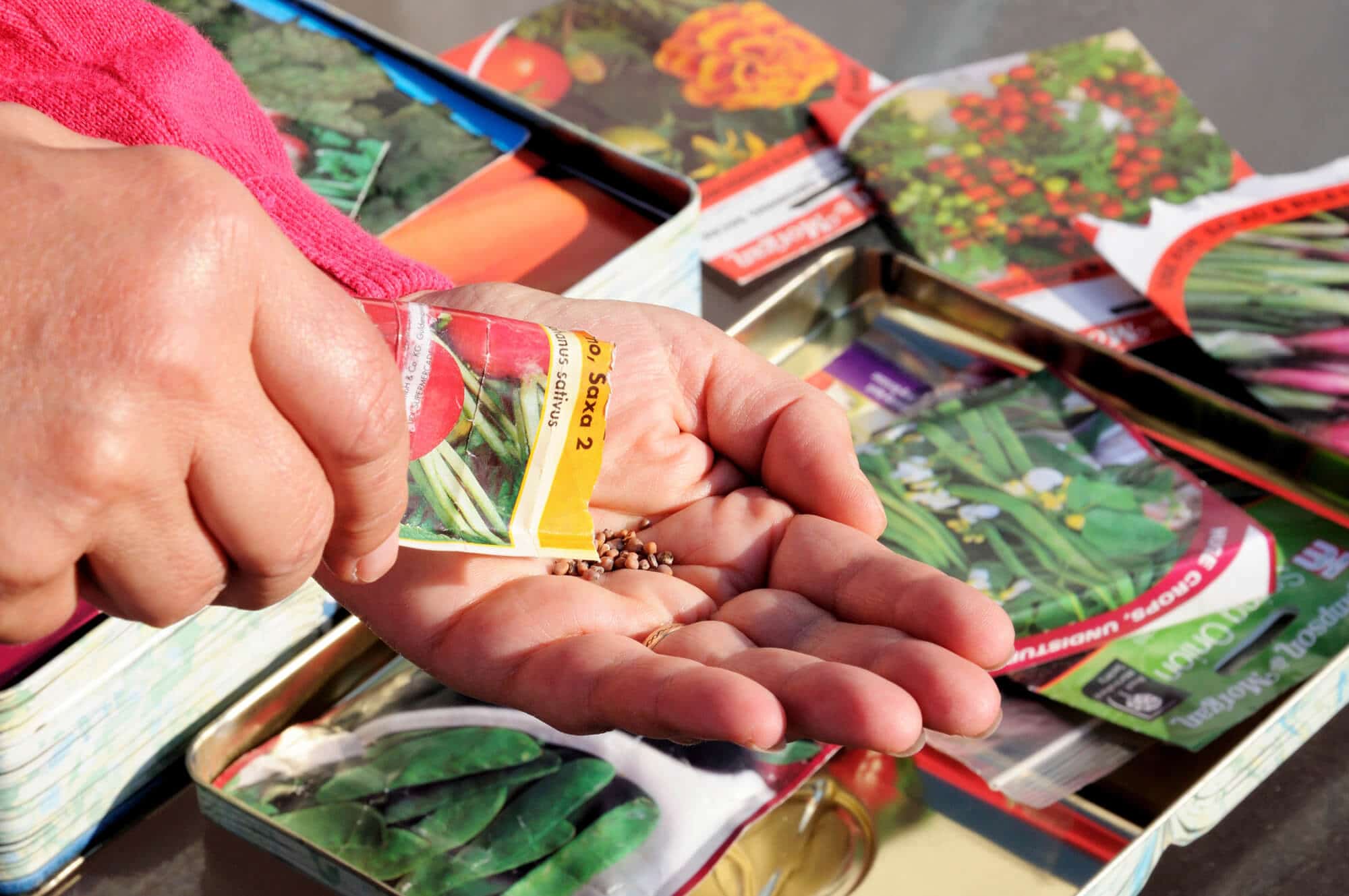
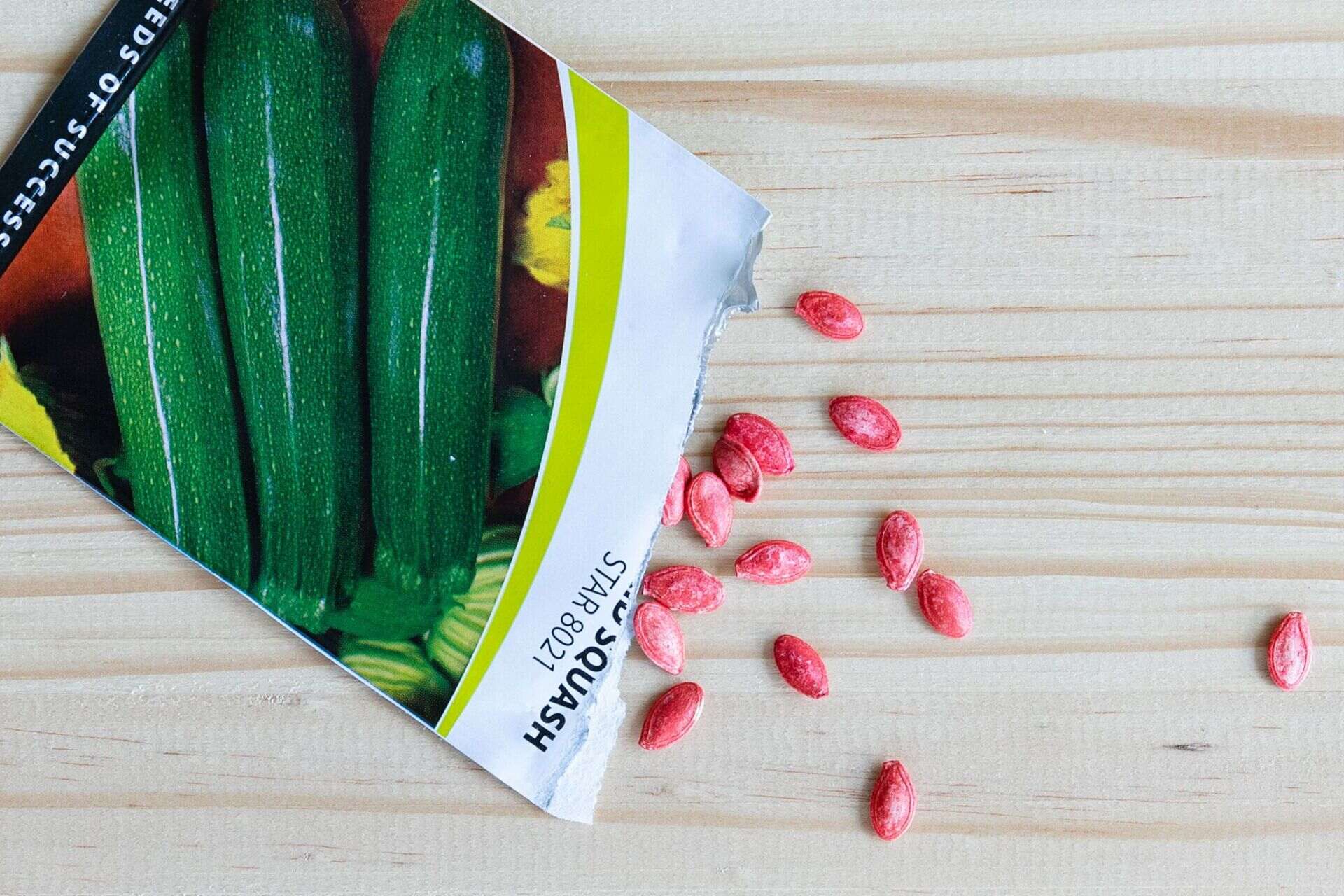
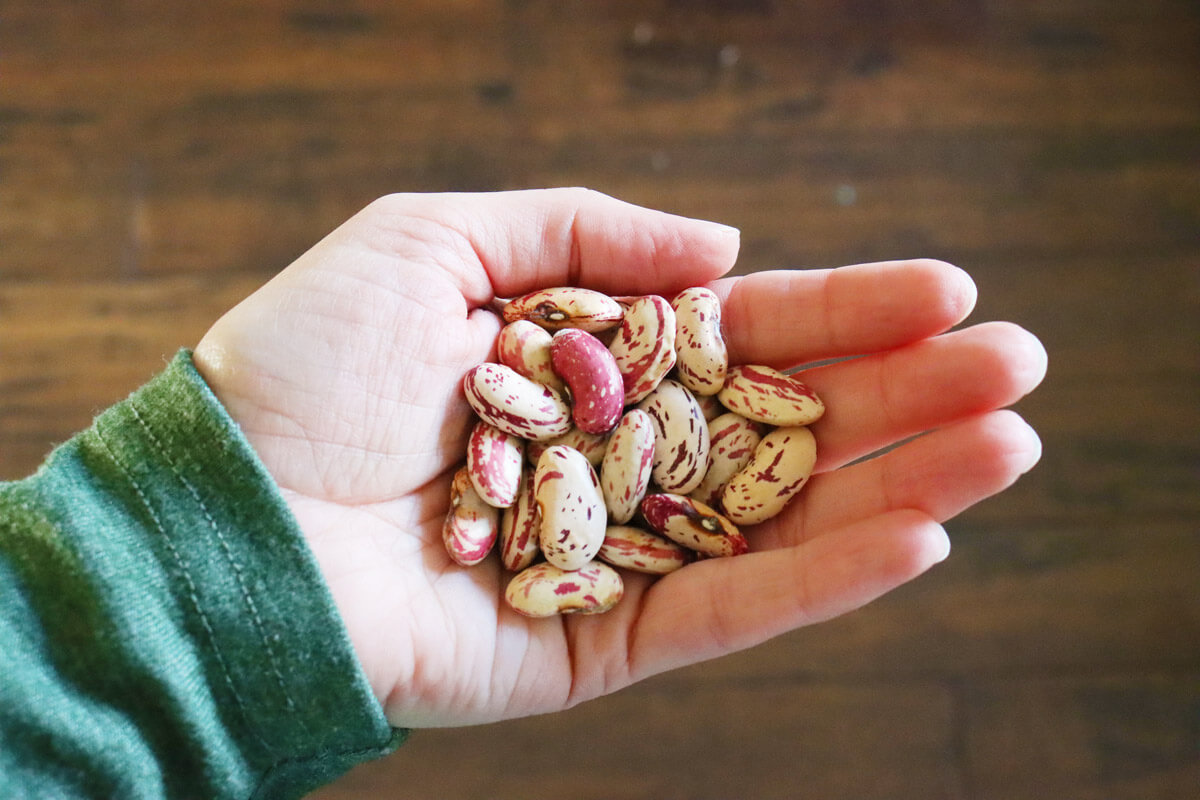
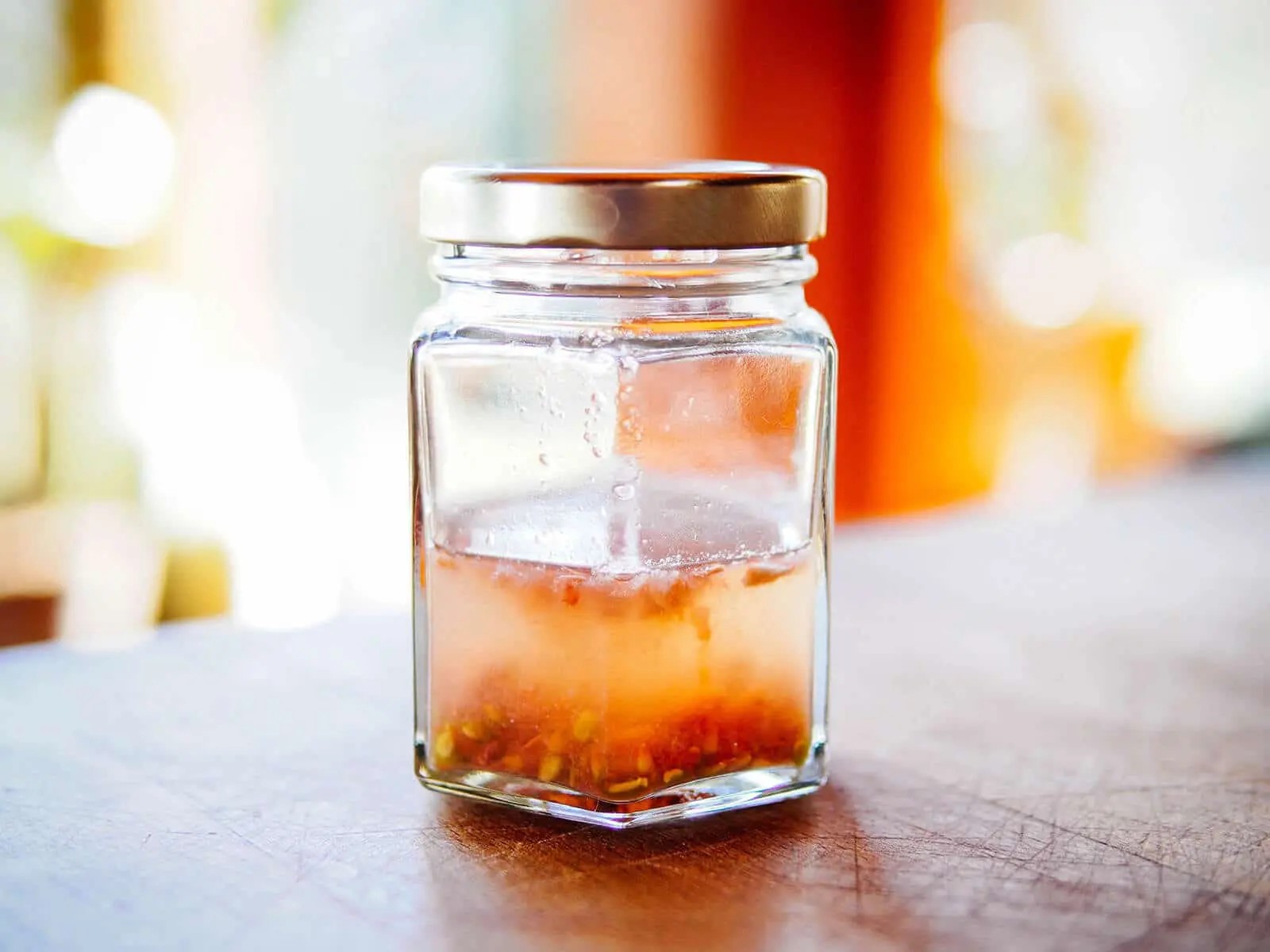
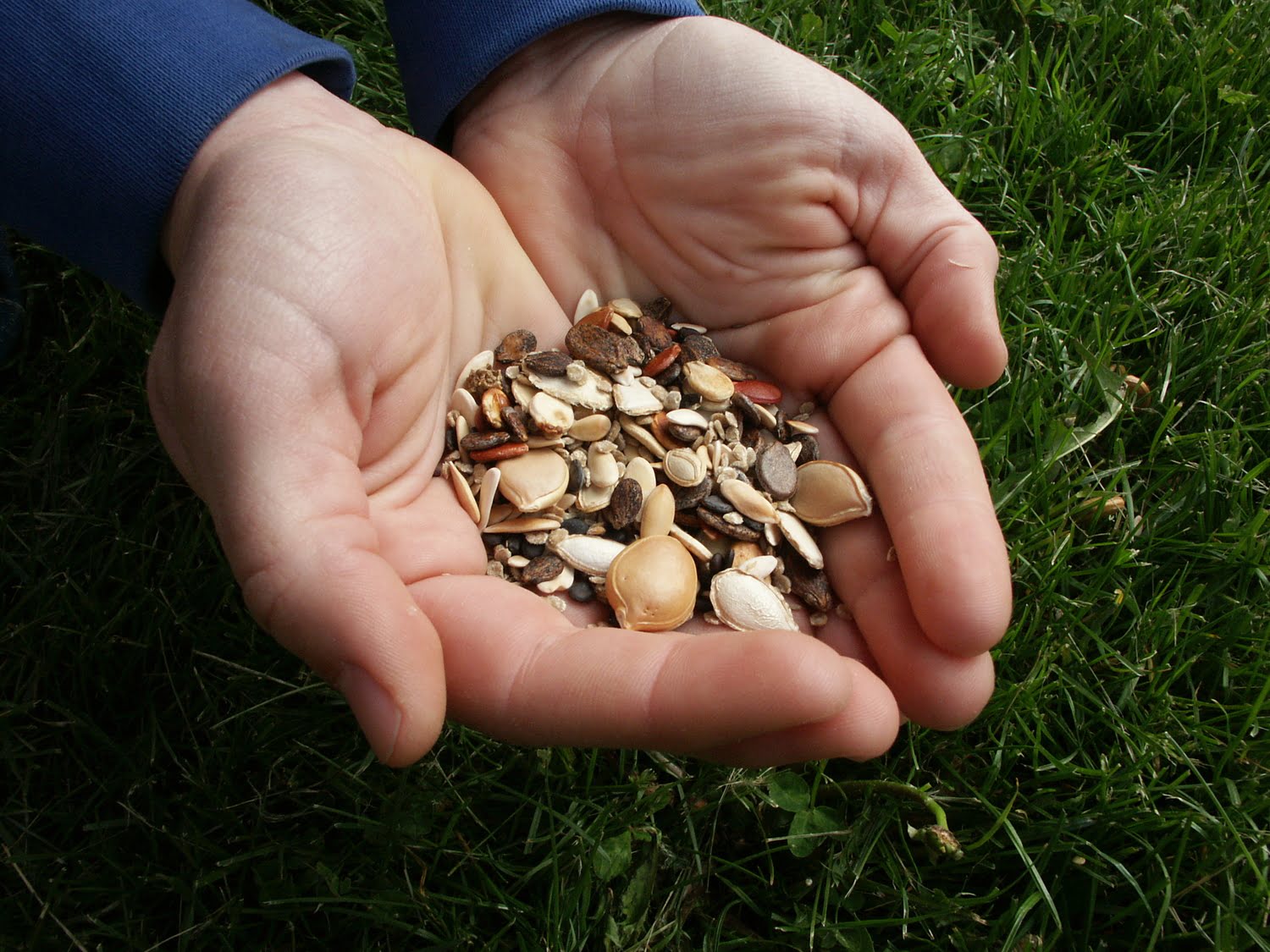
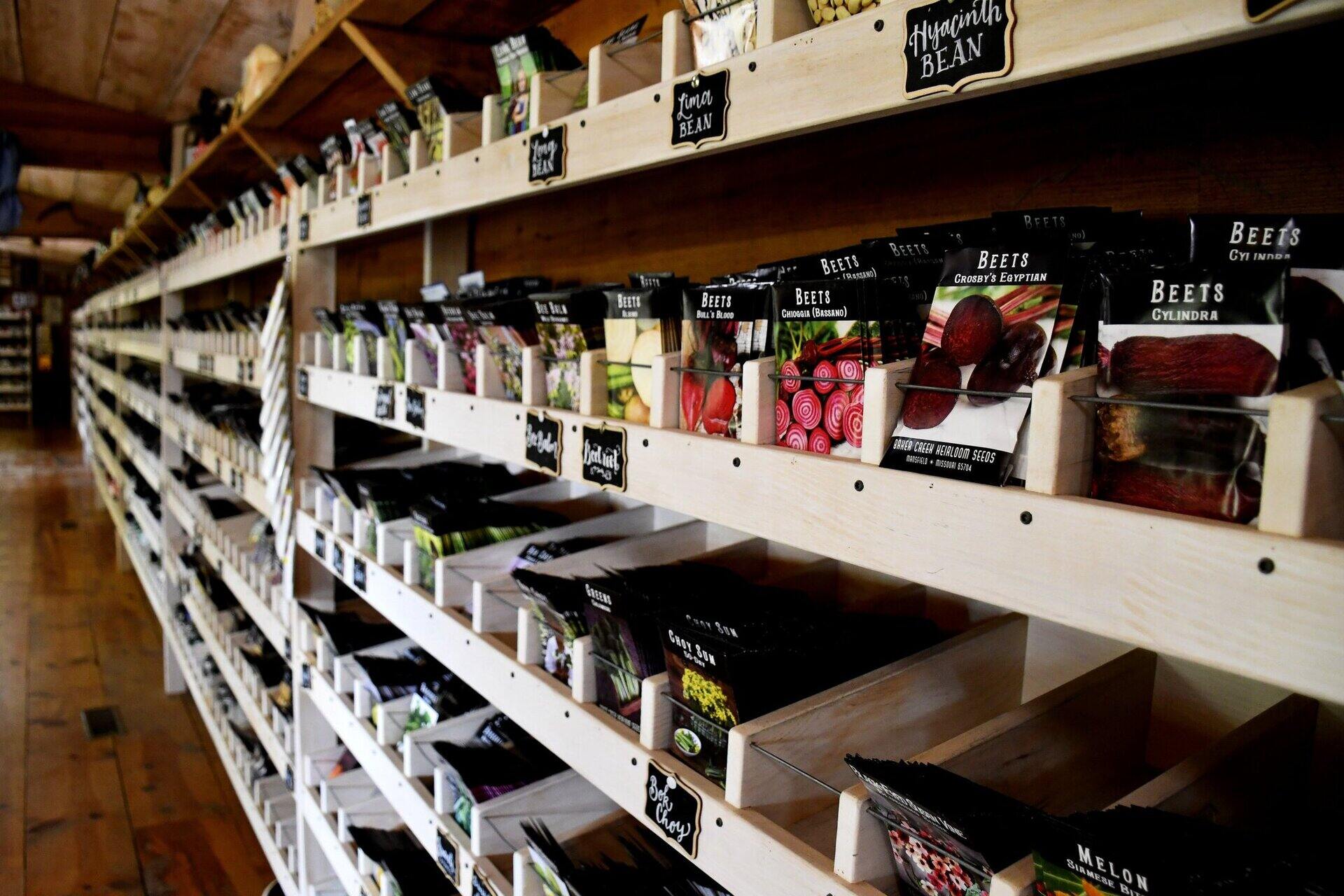
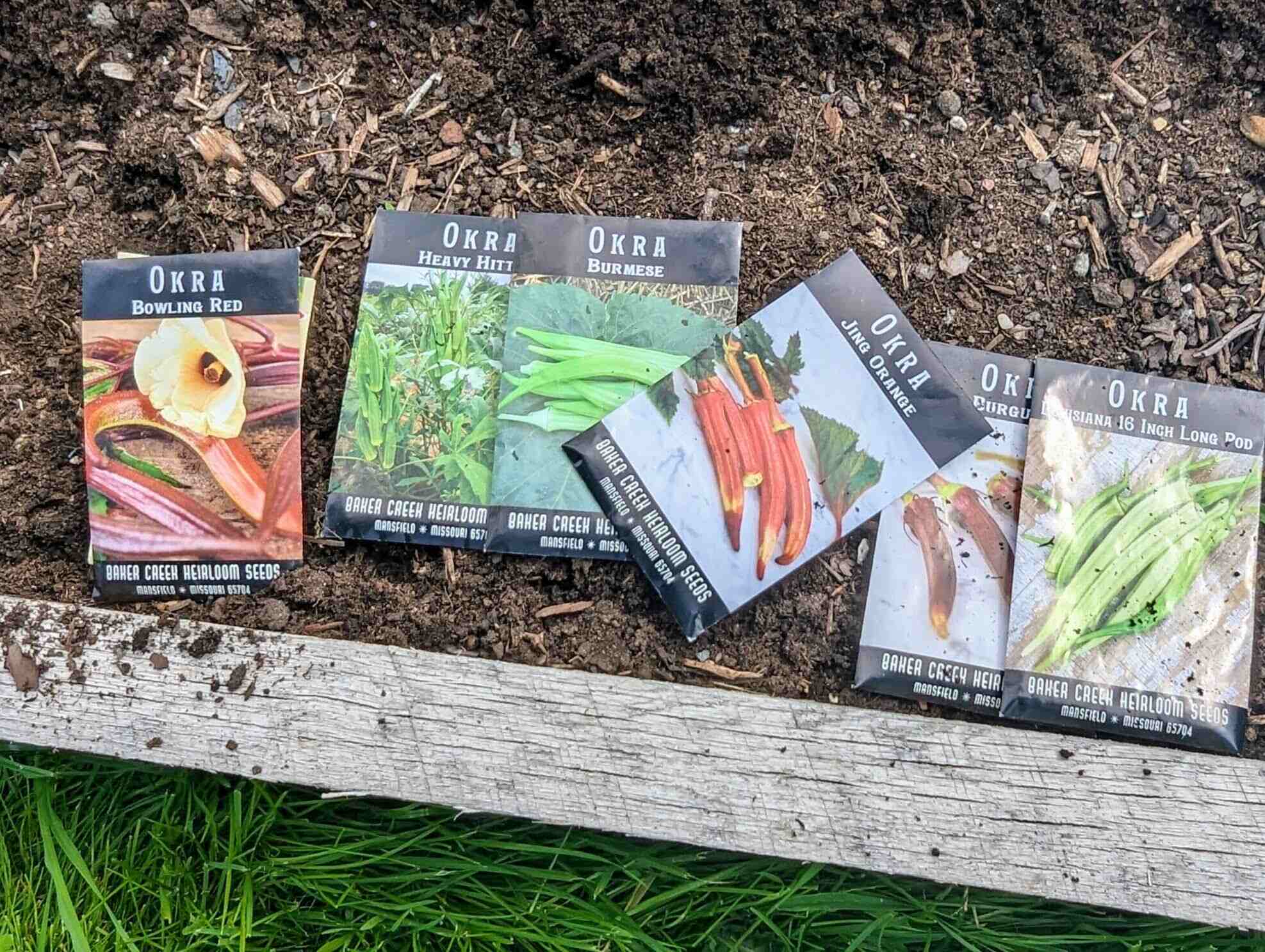
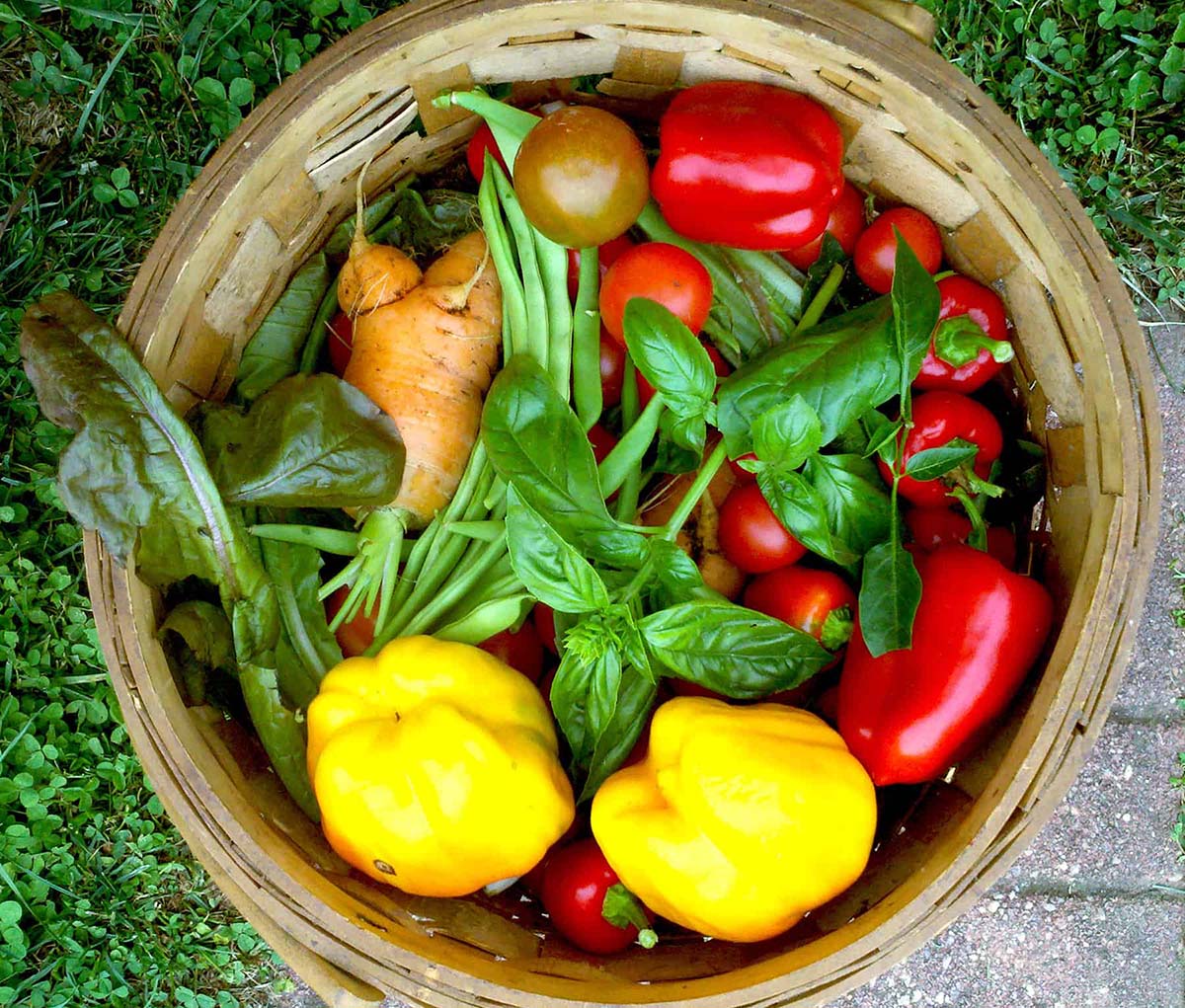
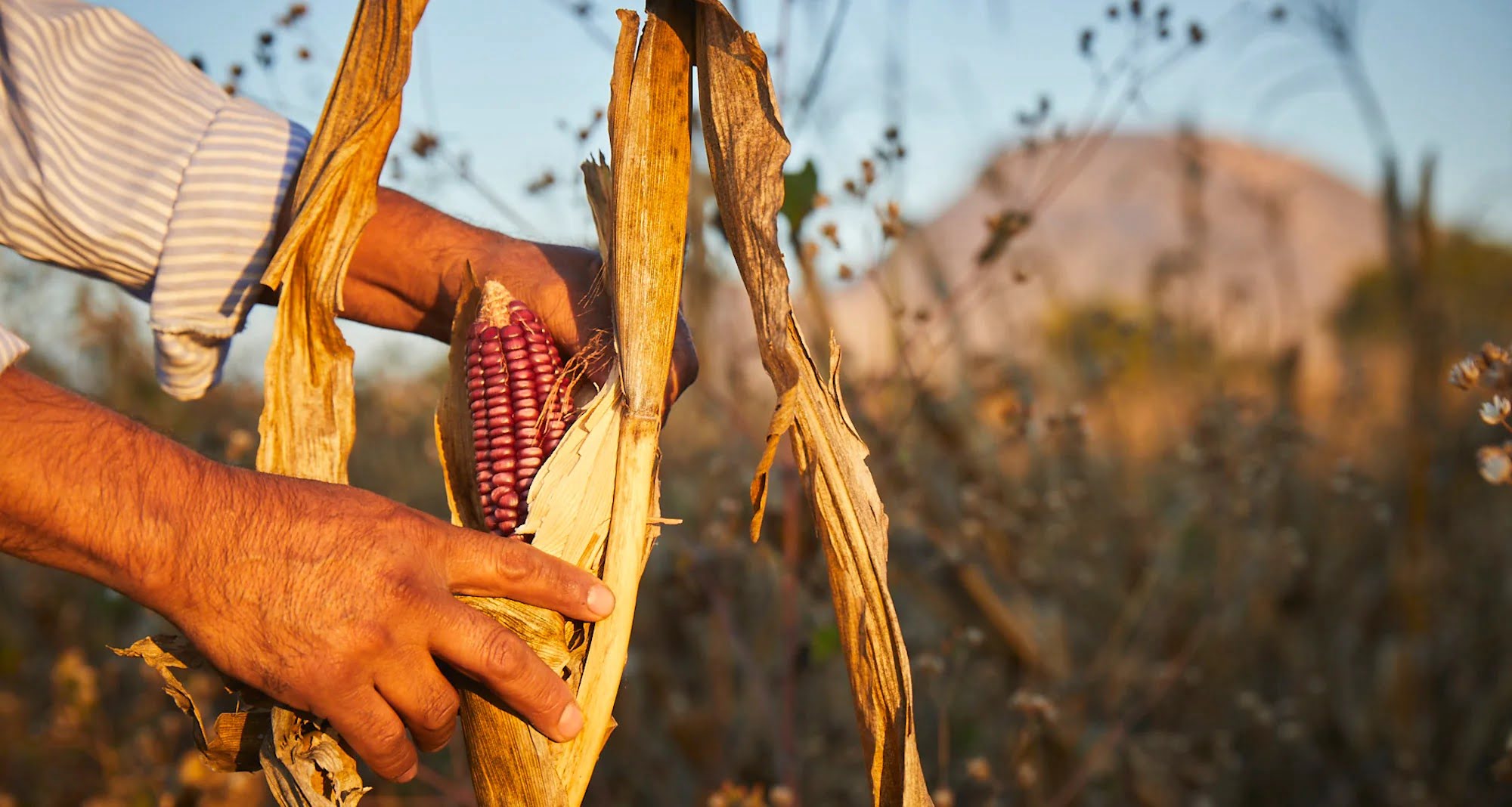



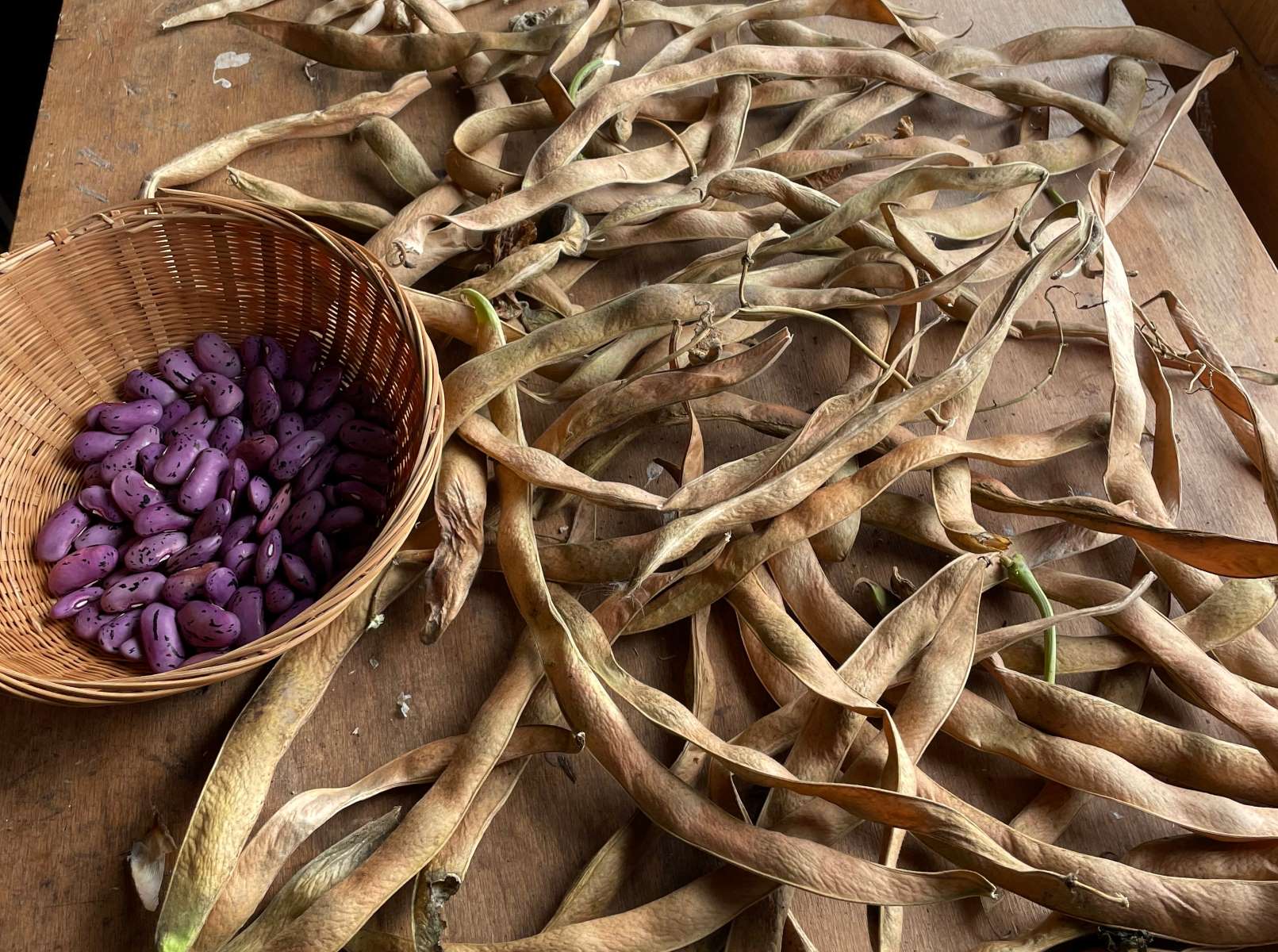

0 thoughts on “How To Plant Heirloom Seeds”